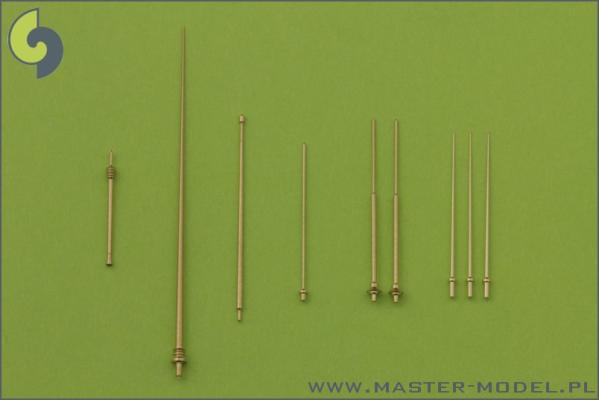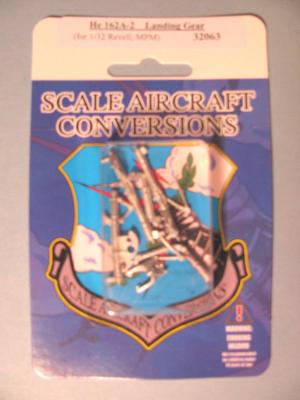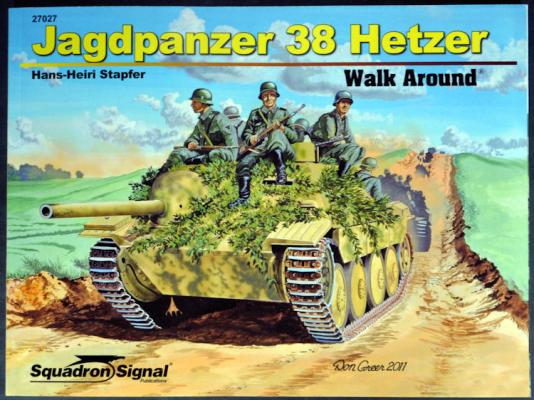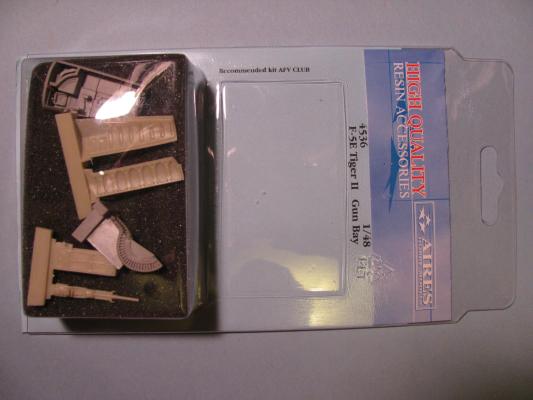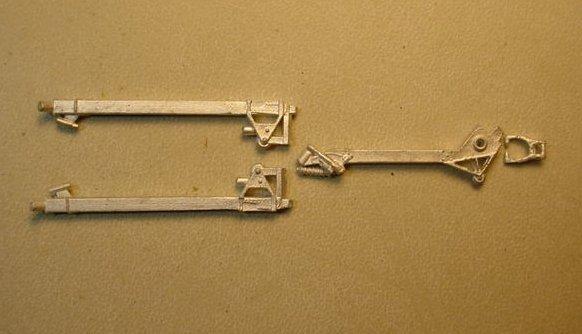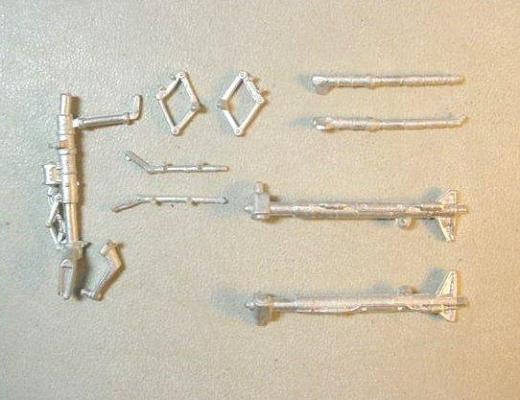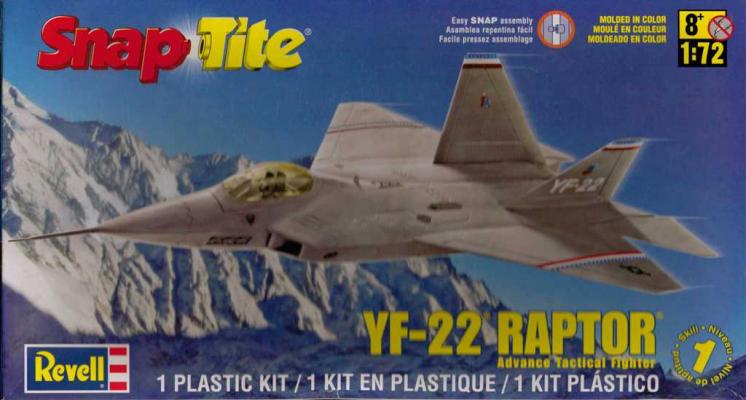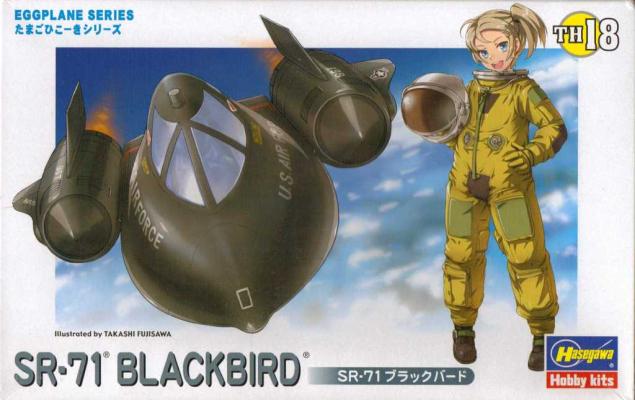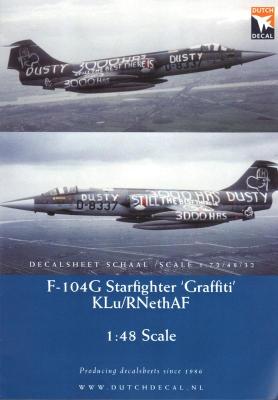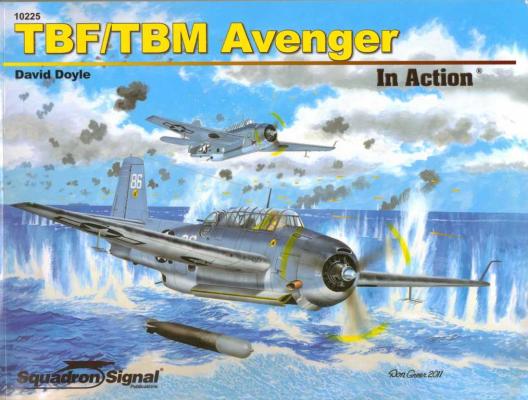As a little something different, I am going to begin this review with a story relating to my introduction to the USS Independence LCS-2. Over Thanksgiving week in 2010, my family and I were traveling to Virginia Beach to spend the holiday with my in-laws (no jokes here, they really are great people). When we first arrived in the Hampton Roads area, we stopped at my favorite hobby shop in the country, at least of all the ones that I have been in. There on the end of an aisle was a brand new release from Trumpeter of the USS Independence (kit 04548), a new littoral combat ship with a trimaran hull. Although I am a former carrier sailor, I had to have this kit in my stash, as it was incredibly state of the art in its appearance. While talking to the owner of the store when I was checking out, he mentioned that the ship was moored in Norfolk that week, and this set my mind to work.
Reviews
First flown in December of 1944, the Heinkel He 162 Volksjager (people’s fighter) was known as the “ninety day wonder” as it went from an Air Ministry requirement to prototype in a mere three months. Like the other jet fighters of the day, it relied upon the BMW 003 turbojet engine, which was highly demanded as the Second World War drew to a close. The plane was 29 feet 8 inches in length, had a wingspan of 23 feet 7 inches, and stood 8 feet 6 inches tall. The A-2 variant carried a pair of 20mm MG 151 cannons with 120 rounds per gun. Depending on the source, between 238 and 320 of these aircraft were built. Something that I found unique is that the Volksjager, which is often referred to as the Salamander, was built under the code name “Sparrow”, which is what the Heinkel company called the plane during construction.
Yet another in the long established series of military vehicle monographs from Squadron Signal Publications under their “Walk Around” range, this particular title covers the Jagdpanzer 38 Hetzer. The book is in softback (card cover) format, 80 pages in length, with the glossy paper pages measuring 11 x 8 inches. The same title is also available in a hardback format, should you wish to spend the additional money.
Those familiar with this series of books will not be disappointed, as it follows the tried and true Walk Around format: the reader is given a brief written history of the Hetzer range of vehicles, a late war armored, tracked tank destroyer based on the Panzer 38(t) chassis. The Hetzer became the most widely used tank destroyer employed by German forces in WW2.
Being that this detail set is denoting the gun bay of an F-5E Tiger II, I will begin with a little history of the M39A2 cannon, which is represented in this set. This weapon was developed by the Springfield Armory in the late 1940’s, and was based upon the German Mauser MG 213. The design was a five-shot revolver firing 20mm by 102mm projectiles at a rate of 1500 rounds per minute at a velocity of 3300 feet per second. The M39A2 was first released in 1964, but the M39 guns themselves entered service in 1952, and were mounted within the F-86H, F-100, F-101A and C, as well as the F-5 variants. Ford and Pontiac are among the companies who manufactured the M39 cannons, and some 35,500 have been produced. The M39A2 itself weighs 178.5 pounds and is just over six feet in length.
The Parts:
This product contains four pieces cast in white metal which replace the struts and gear for the Bronco kit. The molding is clean, with no “step” along mold release points. The details match kit parts, rivet for rivet, but with no flash (kit parts have a little flash).
The SAC main landing gear struts are molded as “one” piece whereas the kit main gear struts require two pieces to be glued together to form one strut.
Assembly:
We’ve all seen the notice, “no assembly required”, but other than attaching the SAC parts to the Bronco kit, there isn’t any assembly required to prepare the SAC parts. The SAC parts fit nicely. They are snug and tight and fit into the Bronco kit just as the original parts fit.
Painting:
I prime metal parts with an inexpensive primer found at Wal-Mart and Target. Use a primer of your choice.
Conclusion:
The Parts:
SAC provides 10 individual parts, replacing the gear and struts included in the J-8B kit from Trumpeter. The detail on the original kit parts is faithfully reproduced on the SAC parts.
Assembly:
Most of the SAC gear that I’ve used are free of “step” flash, that small line marking the point at which the molds join up. One of the main gear struts in this set required a swipe or two with an Xacto blade to eliminate the step and the parts were ready for priming.
Attaching the SAC parts to the kit is straightforward and easy. The fit is always nice and tight, alignment is good, and I’ve never experienced any problem with a SAC part fitting into the kit as well or better that the original part.
Painting:
It is advisable to prime the parts with a primer of your choice. I use gray automotive primer from Wal-Mart or Target.
Conclusion:
Now the United States Air Force’s “Air Dominance Fighter,” the F-22 Raptor is arguably the world’s most advanced and capable air-to-air fighter aircraft. As part of the competition between the F-22 and F-23, the “YF” prototypes were flown, studied, and evaluated. Revell’s latest Snap-Tite aircraft offering, the YF-22, is a faithful reproduction of the winning prototype design.
Molded in light gray plastic with a sprue of tinted clear containing the canopy and another molded in black with the base, the kit convincingly captures the lines and essence of the YF-22. Camden, age 6, assembled the 15 kit parts in no time flat with minimal guidance from Dad. Since no painting instructions were provided, we opted to leave it “natural plastic.” The peel-and-stick “decals” flew on over the ensuing 20 minutes, and in less than an hour, Camden had completed his replica of the world’s most advanced fighter and had it buzzing around the house hunting for MiGs.
What classic breakfast food is capable of propelling itself at “Mach 3+” and capturing the imagination of modelers of all ages? It must be none other than Hasegawa’s SR-71 Blackbird in its offbeat and popular Egg Plane Series.
Like it’s other egg-shaped cousins, this recent release is molded in a single color plastic with a sprue of clear canopy parts. Our SR came in black, and was crisply molded and snapped together in no time at all. A couple strategically-placed dabs of liquid cement ensured durability during an expected lifetime of little boy play. Camden, 6, was able to complete the majority of assembly without close supervision or assistance from “big hands” to get parts to snap together – very “kid friendly!” Overall assembly time was under an hour.
This decal sheet is a “supplementary” set, meaning that it contains the “graffiti” used to mark up a specific F-104G, that being # D-8337. The markings inside the package do not include the national insignia, data, stencils, and other standardized markings that one would most likely find on any F-104 flying in the Royal Netherlands Air Force. Existing Dutch Decal markings that can be used to mark your F-104 prior to the “graffiti” being added is a product from Dutch Decal, product number “DD48043”. Just so you’ll know, these same markings are available in 1/72nd scale and 1/32nd scale, including the supplementary graffiti sheet.
The broadside, or “instruction sheet” if you will, included in the product package, contains a 4-view drawing that illustrates the location of the graffiti markings. While there is some text in English, you simply do not need any of the text to locate and apply these decals.
The US Navy’s most widely-used torpedo bomber of World War II, the Grumman TBF Avenger filled a critical gap in combat capability shortly after the United States’ immersion into the war. The Grumman TBFs and license-built General Motors TBMs replaced the aging and obsolete Douglas TBD Devastator. Avengers operated in a host of roles through 1954, including torpedo bomber, level bomber, and anti-submarine duties.

